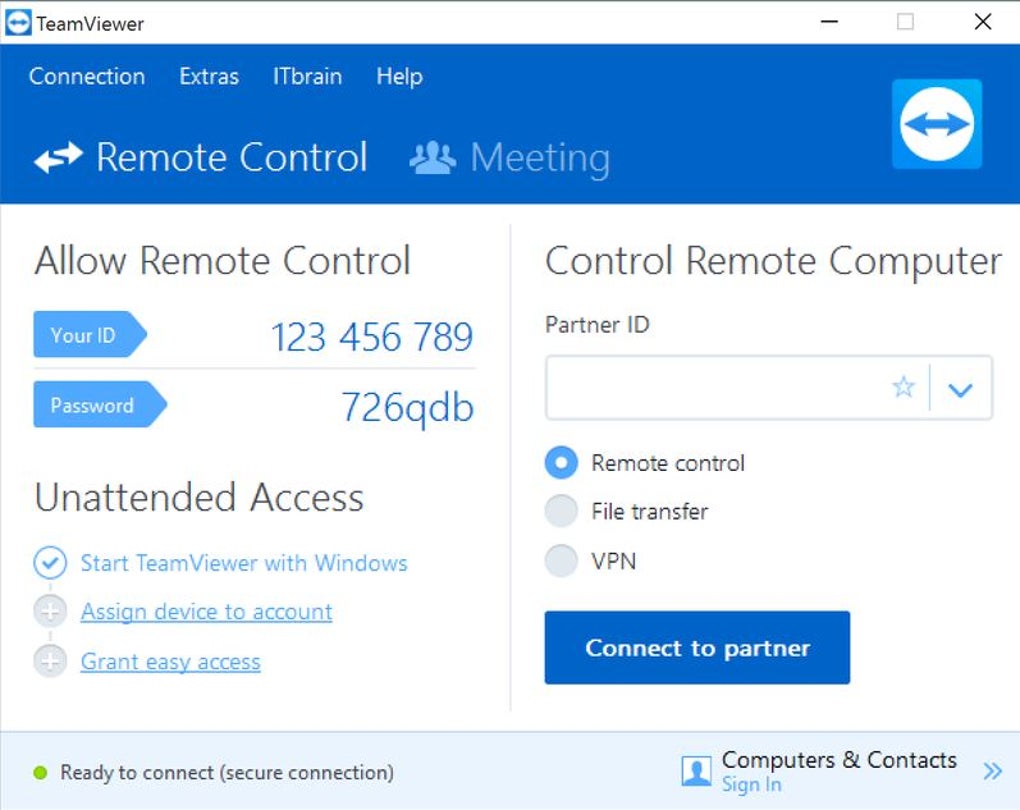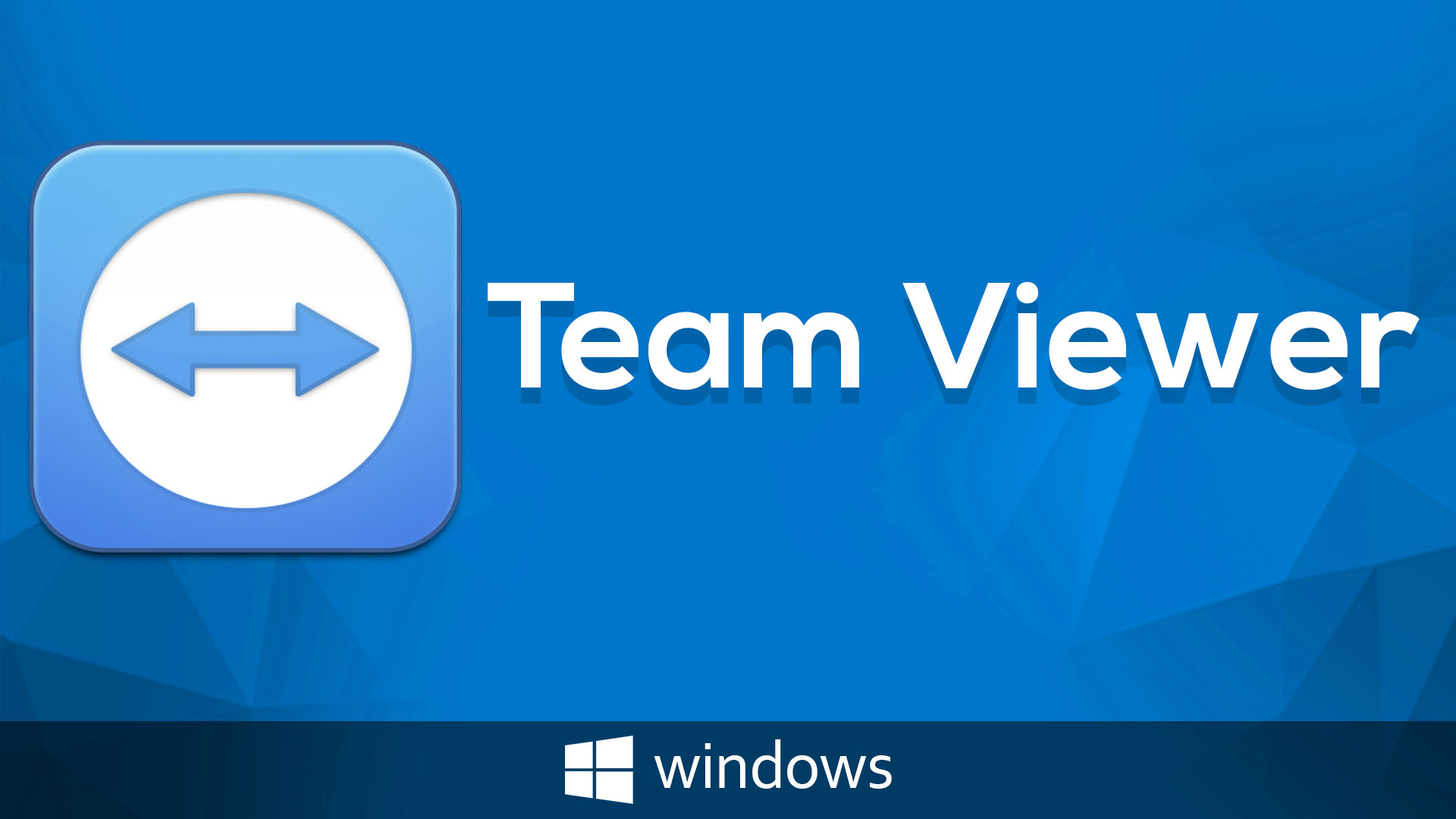It is rather interesting to think about how we manage our small, yet quite powerful, electronic creations these days. If you have ever worked with something like a Raspberry Pi, you know these little computers can do some truly incredible things. Yet, getting to them, especially when they are not right in front of you, can sometimes be a bit of a puzzle. This is where tools that help you reach out and control things from afar become very helpful, almost like having a direct line to your tiny device no matter where you are.
People often build projects with these small computing boards, perhaps for home automation, a media server, or even a weather station. The ability to check on these projects, make changes, or fix something without having to physically go to where they are located is a significant convenience. Imagine your Raspberry Pi is running a sprinkler system in your garden, and you are away from home; you might want to adjust its schedule. Without remote access, that would be a tricky situation, to be honest.
So, the idea of using a widely known remote access solution with these smaller devices, like a Raspberry Pi, presents a really straightforward way to keep everything running smoothly. It is about making sure your little computers are always within your reach, even when you are miles away, ensuring you can interact with them as if you were sitting right next to them. This kind of connection brings a great deal of calm to anyone who likes to tinker with electronics or set up automated systems around their living space.
- How Old Is Don Swayze
- Christopher Larocca Daughter
- Final Jeopardy Answers
- Finaljeopardy Answer
- Paige Obrien Age
Table of Contents
- What makes TeamViewer a good fit for your Raspberry Pi projects?
- Getting TeamViewer on your Raspberry Pi device
- Connecting to your tiny computers, like a TeamViewer IoT Raspberry Pi setup
- Can TeamViewer truly help with your IoT Raspberry Pi support needs?
- Staying productive with TeamViewer and your small devices
- The secure side of TeamViewer for IoT Raspberry Pi uses
- How does TeamViewer handle different versions and licenses for your Raspberry Pi plans?
- Is TeamViewer One something to consider for a larger TeamViewer IoT Raspberry Pi network?
What makes TeamViewer a good fit for your Raspberry Pi projects?
When you are working on personal projects that involve small computers, like a Raspberry Pi, you often find yourself needing to get to them without having to physically move. Maybe your Raspberry Pi is tucked away in a corner, or perhaps it is part of a system that is not easily accessible. The thought of having to unplug it, carry it to your main computer, and then plug it back in just to make a small change can be quite a bother. This is where the core idea of remote access truly shines, providing a way to interact with your device from a distance, which is actually very helpful.
TeamViewer’s main job is to let you reach out and control devices from somewhere else. This capability fits very well with how people use a Raspberry Pi. You can, for instance, see the screen of your Raspberry Pi right on your laptop or phone, even if the Pi itself is in another room or another building. This means you can open programs, adjust settings, or check on what your project is doing without having to be physically present. It is, in a way, like having a very long set of invisible cables connecting your main computer to your tiny Raspberry Pi, allowing for complete interaction.
The simplicity of getting it all set up is also a big plus. You do not need to be a computer wizard to make it work. The steps involved are fairly clear, and once you have things in place, connecting becomes a quick task. This ease of use means you spend less time trying to figure out how to get connected and more time actually working on your interesting Raspberry Pi creations. So, it is about making your interaction with these small systems as smooth and as direct as possible, which is a great benefit for anyone involved in such endeavors.
- Sarah Becker Mtv
- Life List Cast
- Sitefacebookcom Sitefbme Siteyoutubecom Siteyoutube
- Daphne Oz
- Real World Sarah Becker
Getting TeamViewer on your Raspberry Pi device
To begin using TeamViewer with your Raspberry Pi, the first thing you will want to do is get the necessary software onto your device. The process for this is quite straightforward, and it mirrors how you might put other programs onto your computers. You will learn how to download and then put the TeamViewer remote application onto your chosen devices, including, of course, your Raspberry Pi. This initial step is what opens the door to all the remote control possibilities that are available to you, allowing your tiny computer to become part of your connected world, more or less.
There are a few different ways you can get the software. For many people, accessing TeamViewer remote through a web browser is a good starting point. This means you can use it without having to install anything on the computer you are using to connect from, which is very convenient for quick checks. However, for a more regular and perhaps more complete experience, you can also download the desktop client. This desktop version gives you access to TeamViewer remote’s full set of features, providing a very comprehensive way to manage your remote connections. It is about choosing the way that best fits what you are trying to do at that moment.
If you are working with a Windows computer to control your Raspberry Pi, you can download the most recent version of TeamViewer made for Windows. This ensures you have the very latest tools and improvements. For those who prefer to work in other languages, it is worth knowing that the software is also available in different language versions, like the Spanish version, which allows you to download the most recent TeamViewer for Windows and control and access your devices remotely in your preferred language. This shows how widely available and accessible the tools are for people all over, which is quite nice.
Connecting to your tiny computers, like a TeamViewer IoT Raspberry Pi setup
The core purpose of remote access solutions is to let you connect to computers that are not physically near you. With TeamViewer, this means you can easily reach out to remote computers, provide support from afar, and even work together with others online. This capability becomes especially useful when you think about managing smaller, specialized systems, such as a TeamViewer IoT Raspberry Pi setup. These small machines, often used for specific tasks, benefit greatly from the ability to be managed from a distance, as a matter of fact.
When you have a Raspberry Pi running, perhaps as part of a home automation system or a monitoring station, you can use TeamViewer to establish a connection. This connection lets you see what is happening on the Raspberry Pi’s screen, just as if you were looking at a monitor directly attached to it. You can then use your mouse and keyboard to control the Raspberry Pi, opening programs, typing commands, or adjusting settings. It is a seamless experience that bridges the physical distance between you and your small device, allowing you to maintain full control, you know.
The process of making this connection is designed to be quite simple. You do not need to worry about complicated network settings or special configurations. TeamViewer handles many of the technical details behind the scenes, allowing you to focus on what you want to achieve with your Raspberry Pi. This ease of connection means that even if you are not a network expert, you can still confidently manage your remote devices. It really does simplify the whole idea of remote interaction, which is a big help for many people.
Can TeamViewer truly help with your IoT Raspberry Pi support needs?
Many of us find ourselves in situations where friends or family members need a little help with their computer issues, or perhaps with a small electronic project they are working on, like an IoT Raspberry Pi setup. Overcoming these kinds of challenges by remotely supporting family and friends is a key strength of TeamViewer. Instead of having to travel to their location, you can simply connect to their device from where you are, which is a significant time saver and a real convenience for everyone involved, basically.
Imagine your friend has a Raspberry Pi that is not quite working right, or they are having trouble setting up a new program on it. You can use TeamViewer to connect to their Raspberry Pi, see exactly what they are seeing, and then guide them through the steps or even take control to fix the issue yourself. This kind of direct assistance from a distance is incredibly helpful for troubleshooting and providing immediate solutions. It is almost like being there in person, but without any of the travel, which is pretty neat.
Beyond just helping others, TeamViewer also lets you access files and projects that are stored on your own Raspberry Pi. If you have important data or ongoing work saved on your small computer, you can easily retrieve it from any other device where TeamViewer is running. This means your work is always within reach, whether you are at home, at work, or even traveling. It ensures that your Raspberry Pi, despite its small size, acts as a reliable hub for your important digital assets, allowing for constant access, you know.
Staying productive with TeamViewer and your small devices
In our busy lives, keeping up with tasks and projects often means being able to work from anywhere. This is especially true when your work involves small, specialized devices like a Raspberry Pi that might be located in various spots. With TeamViewer remote, your devices, along with your files and the applications you use, are just a few simple clicks away. This accessibility means you can stay productive wherever you happen to be, ensuring that your workflow is not interrupted by physical location, which is very helpful.
Consider a scenario where you have a Raspberry Pi monitoring your home’s energy usage. While you are out, you might want to quickly check the latest readings or adjust a setting. With TeamViewer, you can pull out your phone or laptop, connect to your Raspberry Pi, and get the information you need in moments. This quick access means you do not have to wait until you are back home to manage your systems, allowing you to make decisions or adjustments on the fly, which really does help with efficiency.
This constant connection means your Raspberry Pi, despite its small stature, can be a powerful tool for maintaining your productivity. Whether it is checking on a long-running data collection script, uploading a new piece of code, or simply making sure everything is running as it should, TeamViewer makes these tasks easy. It essentially puts the control of your small devices right at your fingertips, no matter the distance, allowing you to keep things moving forward with little fuss, as a matter of fact.
The secure side of TeamViewer for IoT Raspberry Pi uses
When you are connecting to devices from afar, especially those that might be part of your home or office network, security is, of course, a very important consideration. TeamViewer remote is known as a very good tool for secure and efficient remote connectivity. This means that when you are accessing your Raspberry Pi, you can be confident that your connection is protected, and your data is kept private. It is about having peace of mind while you manage your small computers, which is quite important.
One of the notable features of TeamViewer is its ability to allow remote and secure access without the need for a separate VPN. Setting up and managing a VPN can sometimes be a bit complicated, and it adds another layer of things to think about. TeamViewer simplifies this by providing a secure connection directly, meaning you do not have to go through extra steps to ensure your remote session is protected. This makes connecting to your Raspberry Pi much more straightforward and less of a technical hurdle, in a way.
The security measures built into TeamViewer are designed to protect your remote sessions from unauthorized eyes. This is particularly relevant when your Raspberry Pi is handling sensitive data or controlling important systems. Knowing that your connection is encrypted and authenticated gives you the freedom to manage your devices remotely without constantly worrying about potential security risks. It is about providing a safe bridge between your main computer and your tiny Raspberry Pi, allowing for confident remote interaction, you know.
How does TeamViewer handle different versions and licenses for your Raspberry Pi plans?
When you consider using a tool like TeamViewer for your remote access needs, especially for projects involving a Raspberry Pi, it is natural to wonder about how to get started, whether you need a license, and what versions are available. Accessing the web client, downloading the desktop client, requesting a trial, or getting a license are all very easy ways to get started with TeamViewer remote. This flexibility means you can choose the path that best suits your current needs and how you plan to use the software, which is quite convenient.
For those who are just starting out or plan to use TeamViewer for personal reasons, like helping family with their Raspberry Pi projects or managing your own home automation setup, there is often a free option available. The ability to connect to remote computers, provide remote support, and collaborate online free for personal use is a big advantage. This allows individuals to explore the capabilities of TeamViewer without any initial cost, making it very accessible for hobbyists and casual users, as a matter of fact.
However, if you already have a TeamViewer license, then simply downloading TeamViewer directly is the most efficient way to proceed. This ensures you are using your existing subscription and have access to all the features that come with it. For those who are considering more extensive or professional uses, exploring the packages and pricing options is a good idea. This might be relevant if you are managing multiple Raspberry Pi devices for a business or a larger organization, where a licensed version offers more robust features and support, you see.
Is TeamViewer One something to consider for a larger TeamViewer IoT Raspberry Pi network?
For individuals or organizations that manage a significant number of devices, perhaps a network of many Raspberry Pi units used for various IoT applications, a more integrated approach to IT management can be extremely beneficial. TeamViewer One brings together different aspects of device management and TeamViewer connectivity into a proactive IT platform. This kind of solution is designed to help you oversee and manage a larger collection of devices more efficiently, which is quite a step up from managing them one by one, you know.
When you have several Raspberry Pi devices deployed across different locations, perhaps monitoring environmental conditions or acting as sensors, keeping track of them all can become a complex task. TeamViewer One aims to simplify this by providing a centralized way to monitor their health, update their software, and troubleshoot any issues that might arise. It helps you move from simply reacting to problems to actively managing your entire device network, ensuring everything is running smoothly before issues even become noticeable, which is very useful.
This integrated platform can be particularly valuable for larger-scale TeamViewer IoT Raspberry Pi deployments where uptime and consistent performance are critical. It offers tools that go beyond simple remote access, providing a more holistic view of your device ecosystem. This means that even with a growing number of small computers, you can maintain a high level of control and efficiency, ensuring that your entire network of Raspberry Pi devices operates as a cohesive and reliable system, which is actually quite impressive.
Related Resources:
Detail Author:
- Name : Suzanne Berge
- Username : efrain95
- Email : marquardt.hester@yahoo.com
- Birthdate : 1989-09-24
- Address : 40398 Goldner Skyway Paucekstad, CO 98197-4636
- Phone : 1-573-913-5512
- Company : Graham, Effertz and Effertz
- Job : Cutting Machine Operator
- Bio : Repellendus a quo ipsa est ut. Velit pariatur repellendus explicabo aperiam aut repellat quo. A eos nam omnis. Aut voluptatem inventore dignissimos atque.
Socials
tiktok:
- url : https://tiktok.com/@oberbrunner1981
- username : oberbrunner1981
- bio : Qui rem harum fuga veritatis. Praesentium debitis consectetur qui inventore.
- followers : 4848
- following : 2806
instagram:
- url : https://instagram.com/kyra9155
- username : kyra9155
- bio : Aut at exercitationem sequi quisquam magnam deserunt omnis. Aut aut voluptatem vel suscipit quidem.
- followers : 514
- following : 1607
facebook:
- url : https://facebook.com/kyra_oberbrunner
- username : kyra_oberbrunner
- bio : Nobis doloremque facilis qui nemo. Illum quod veritatis soluta itaque est.
- followers : 6567
- following : 725


